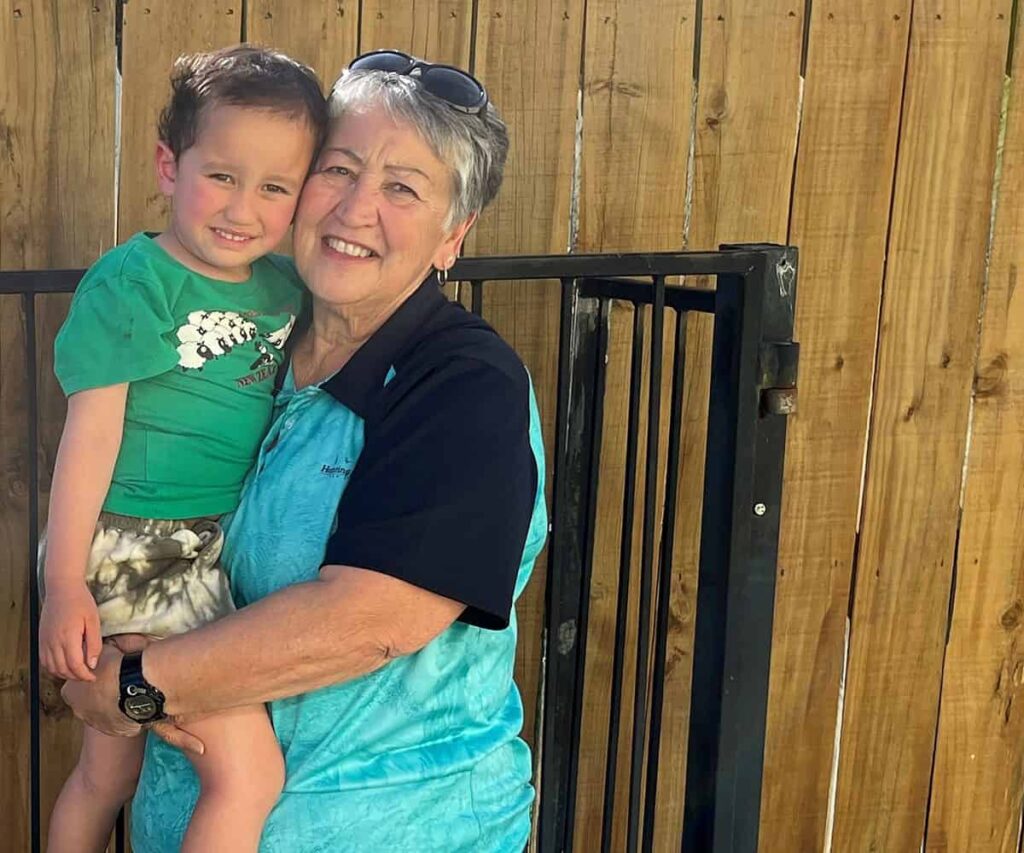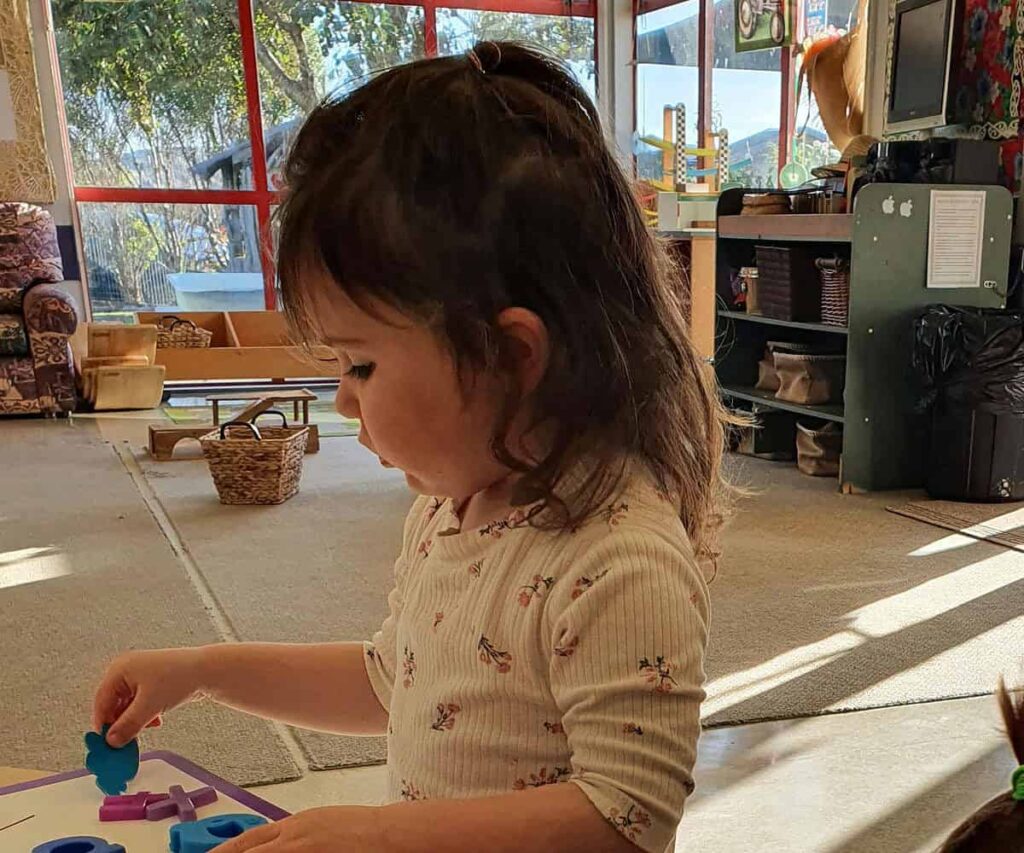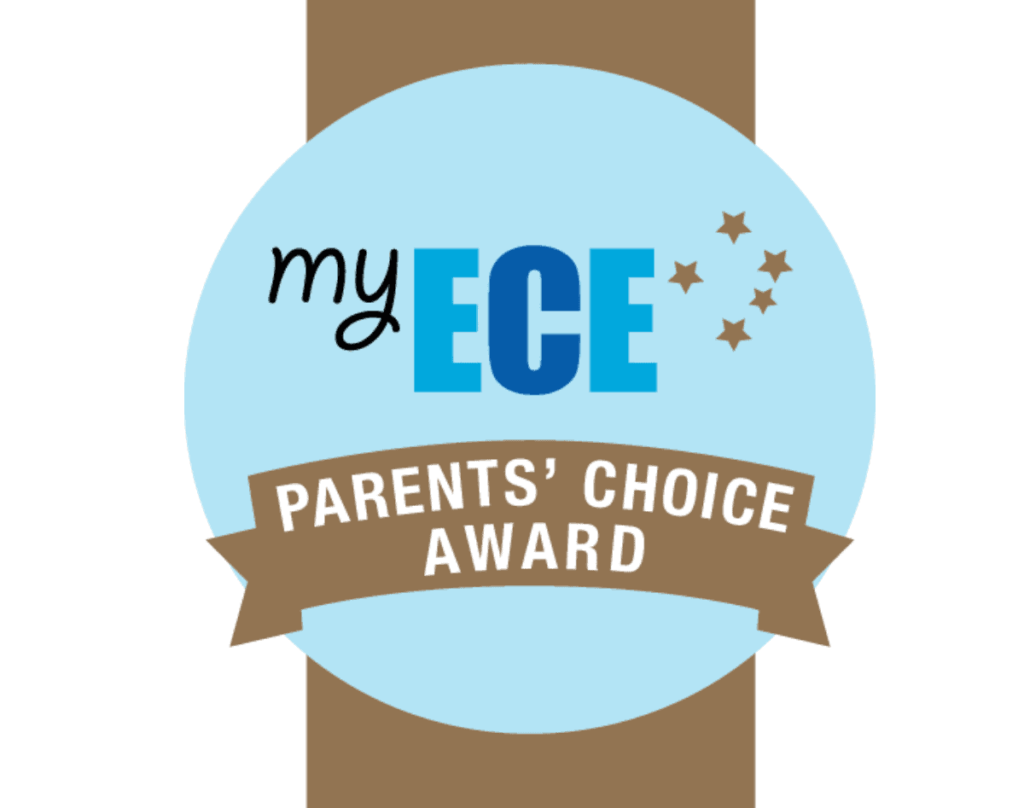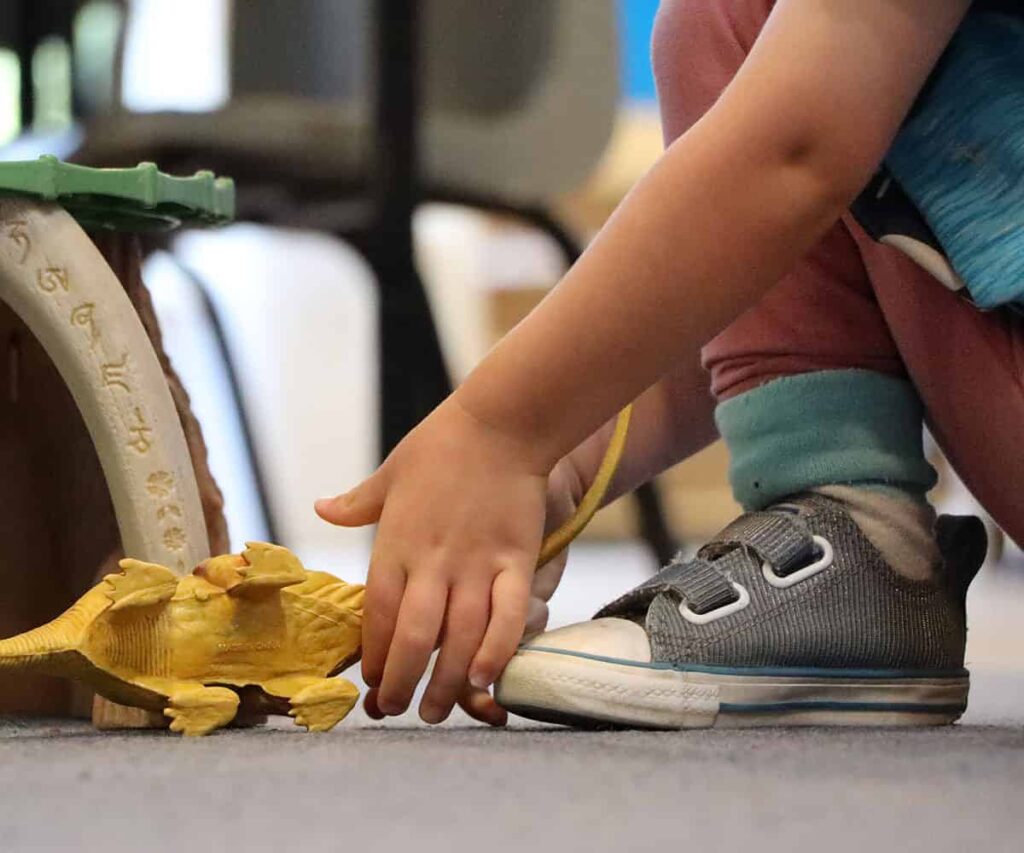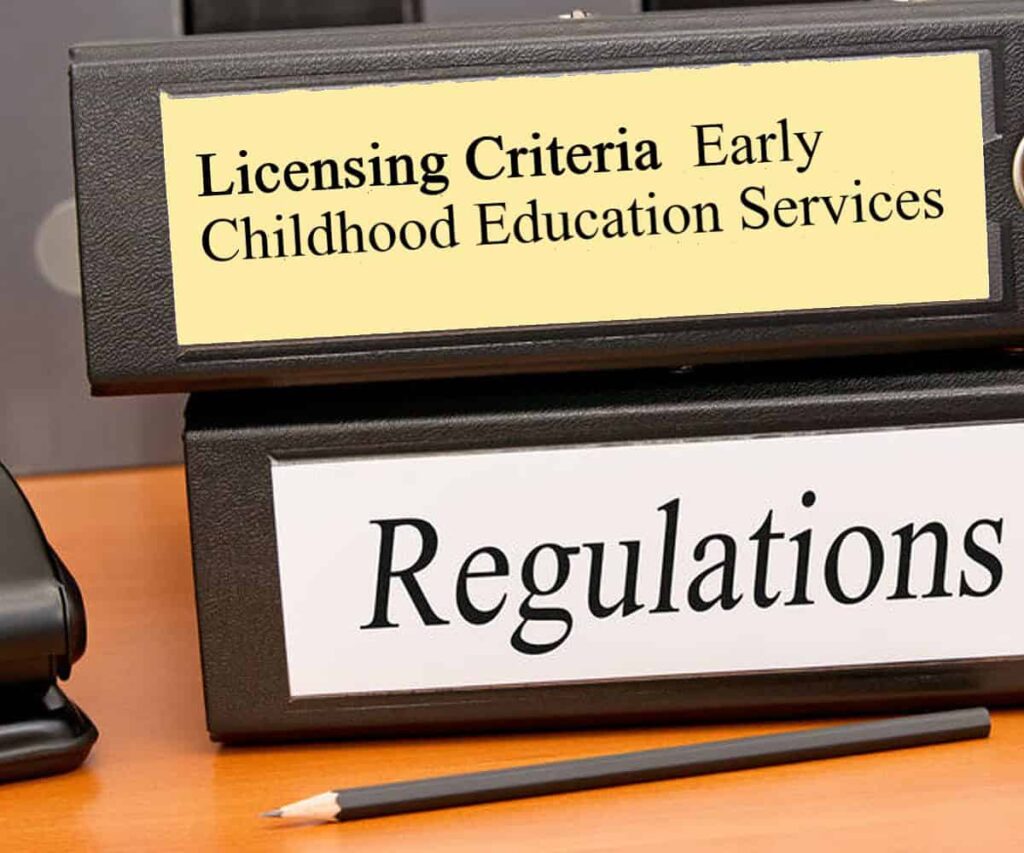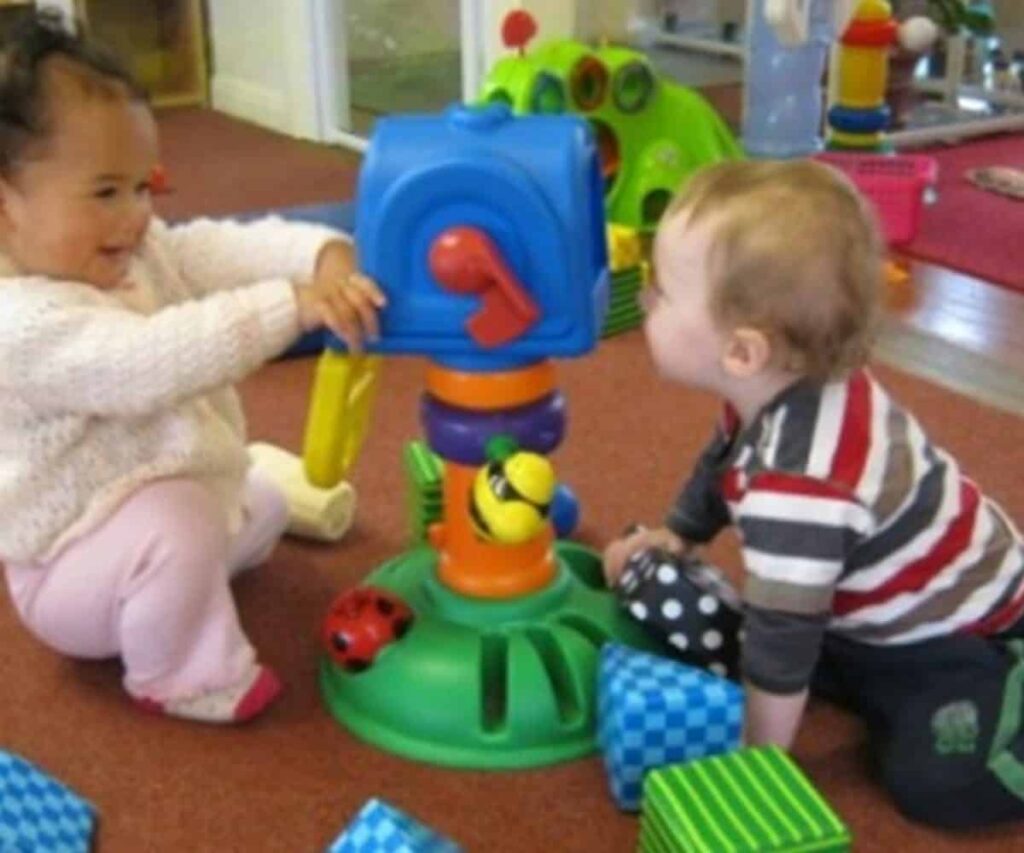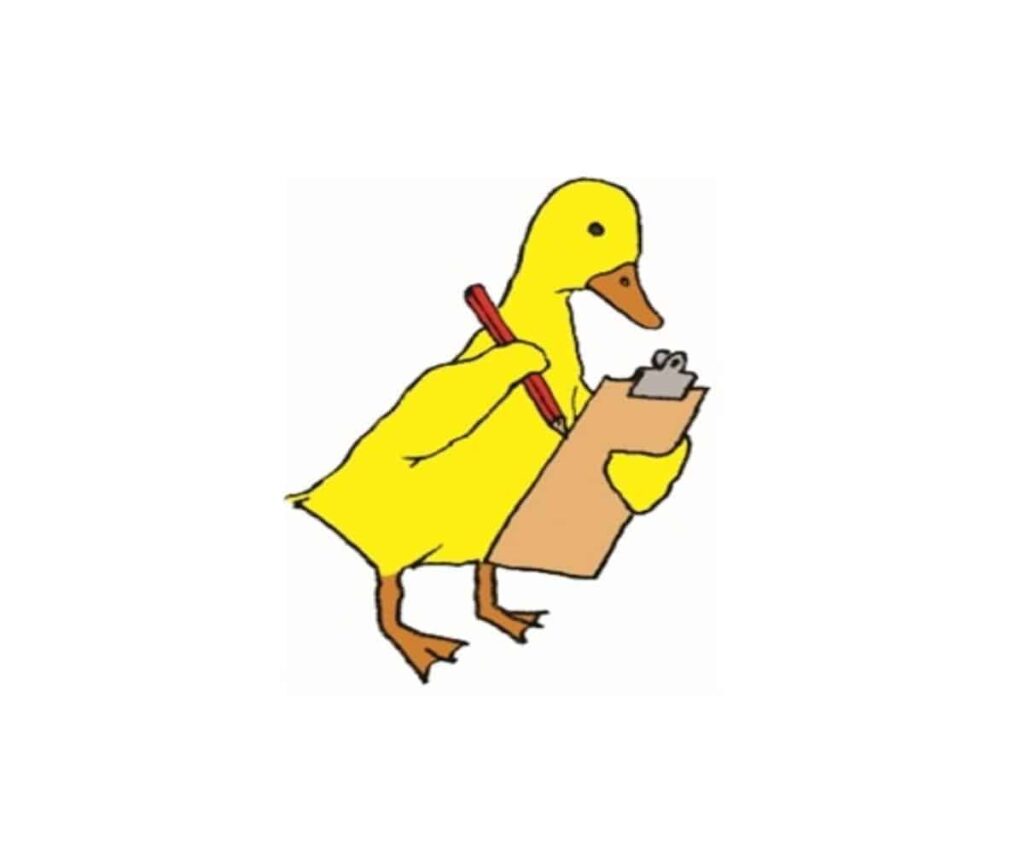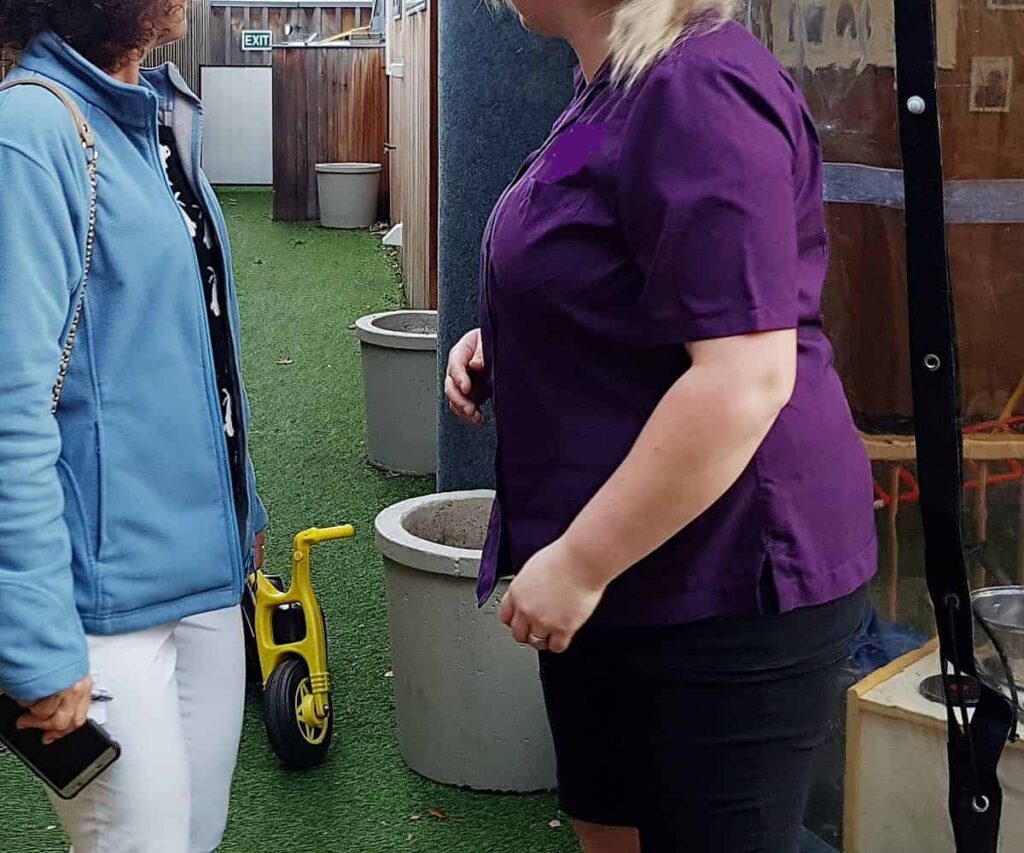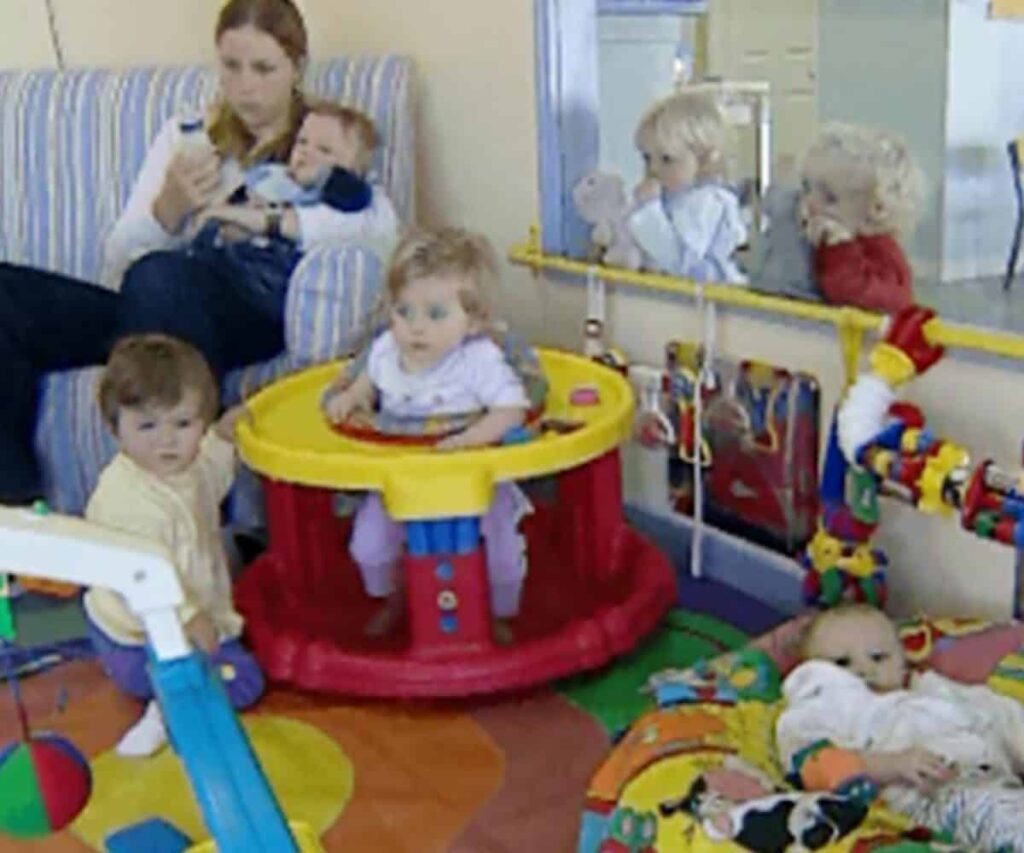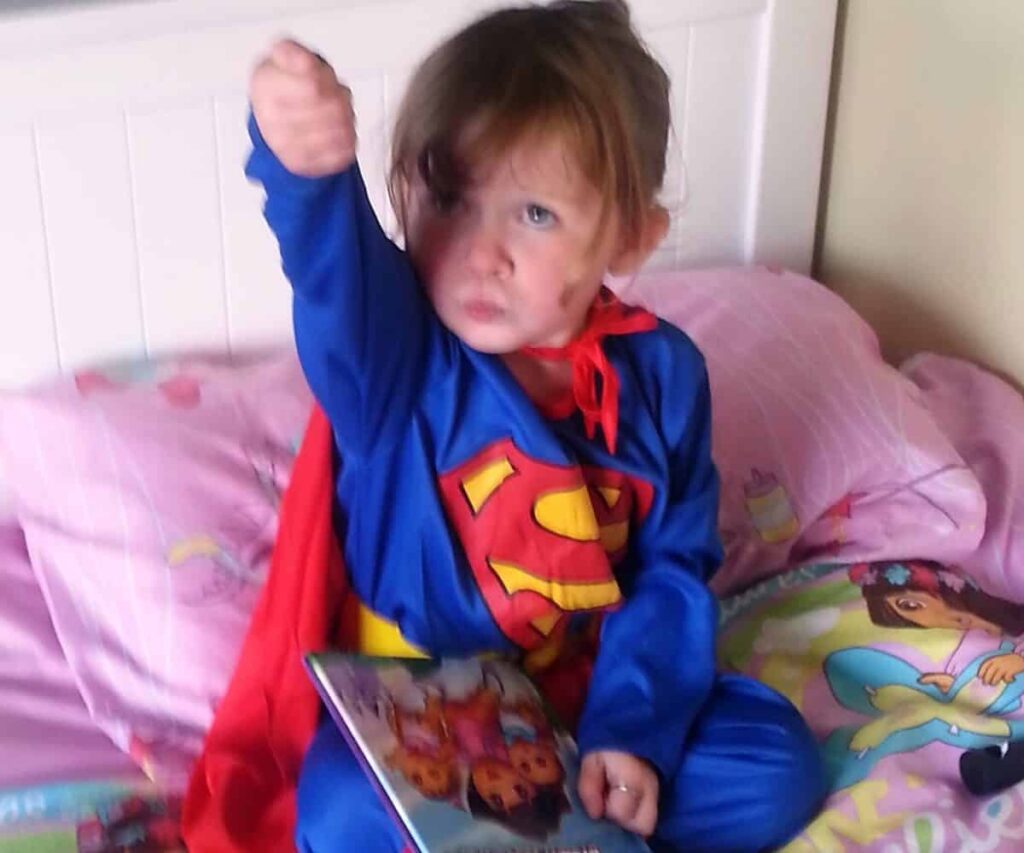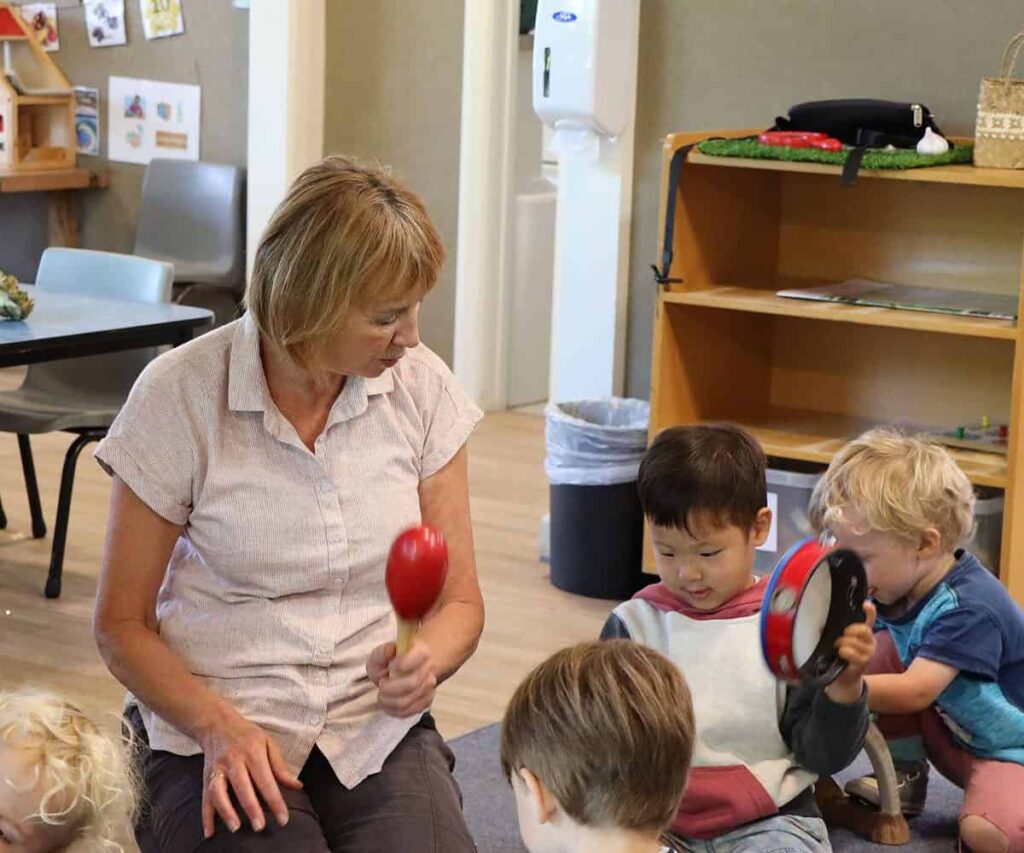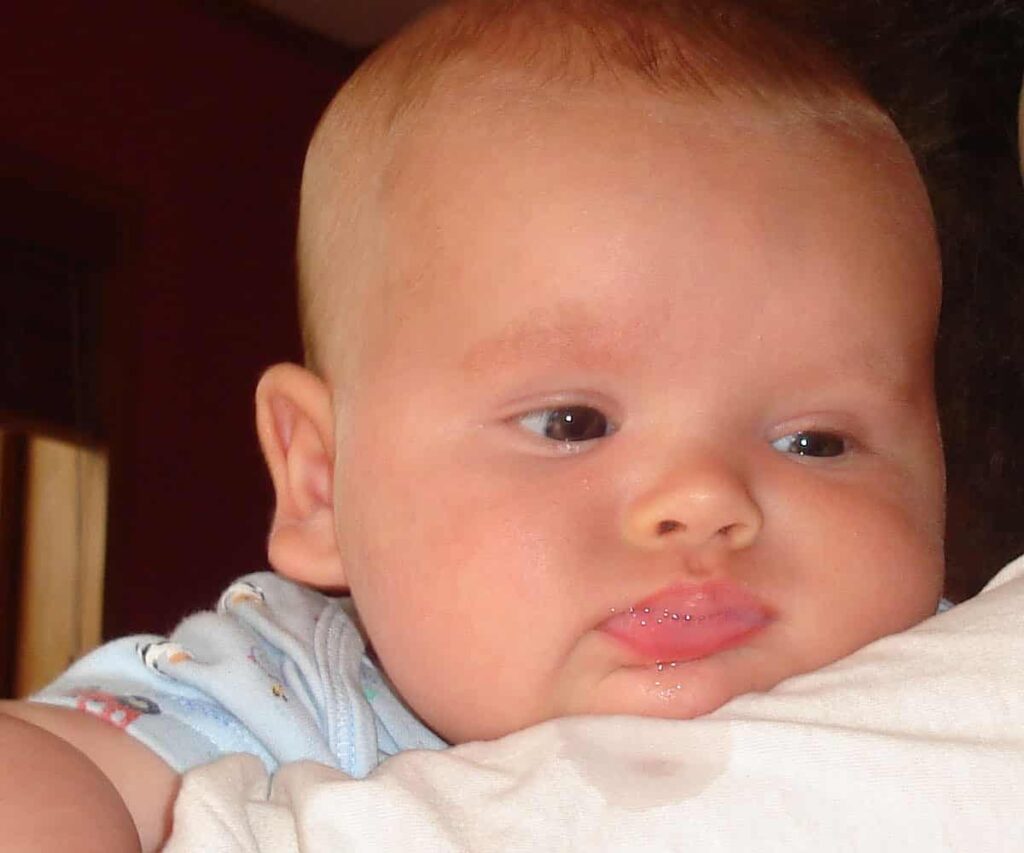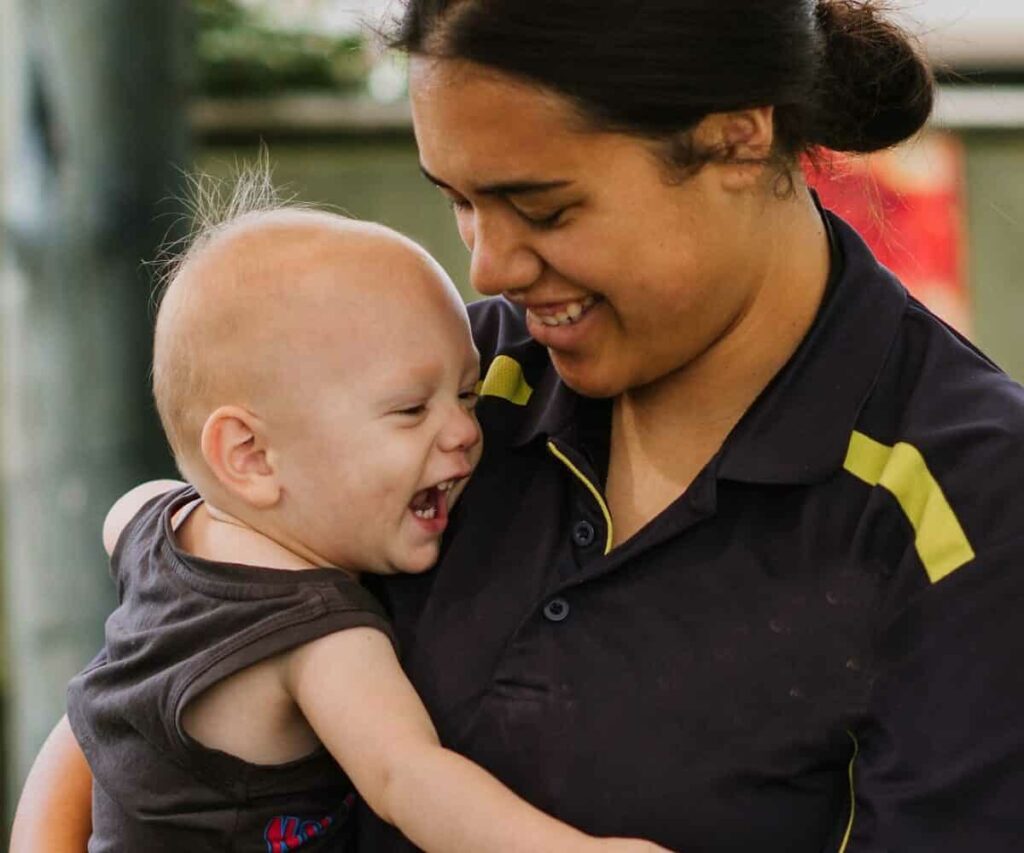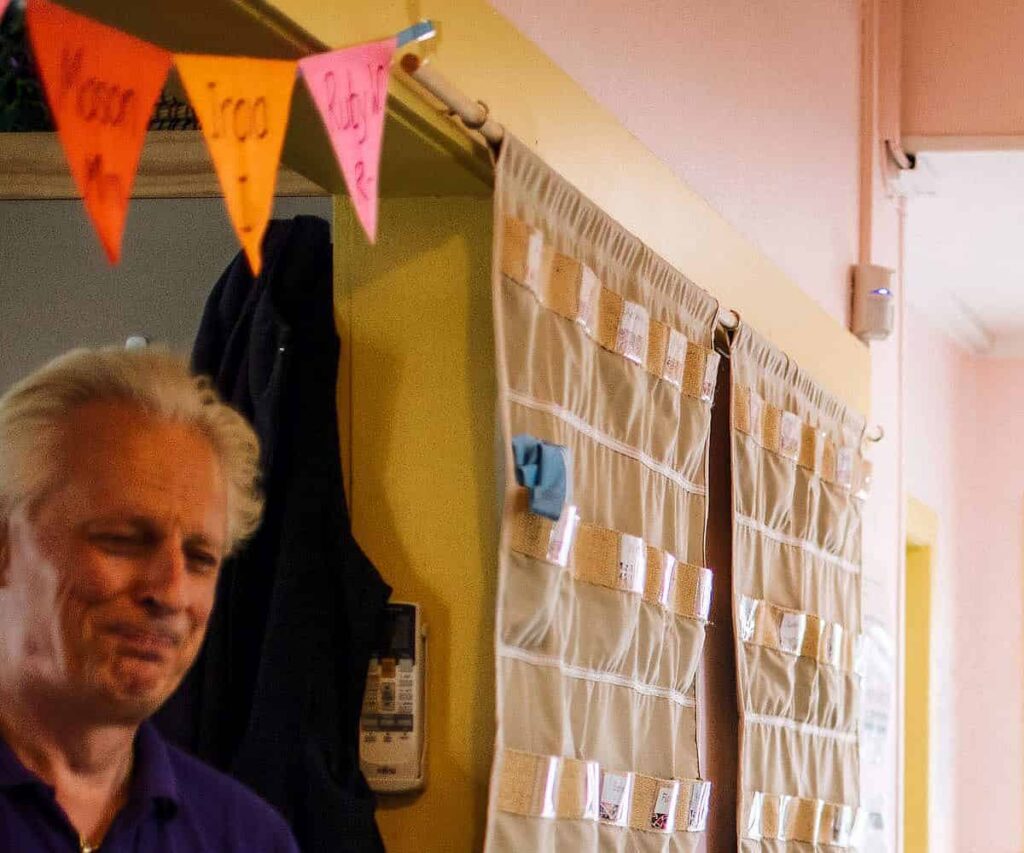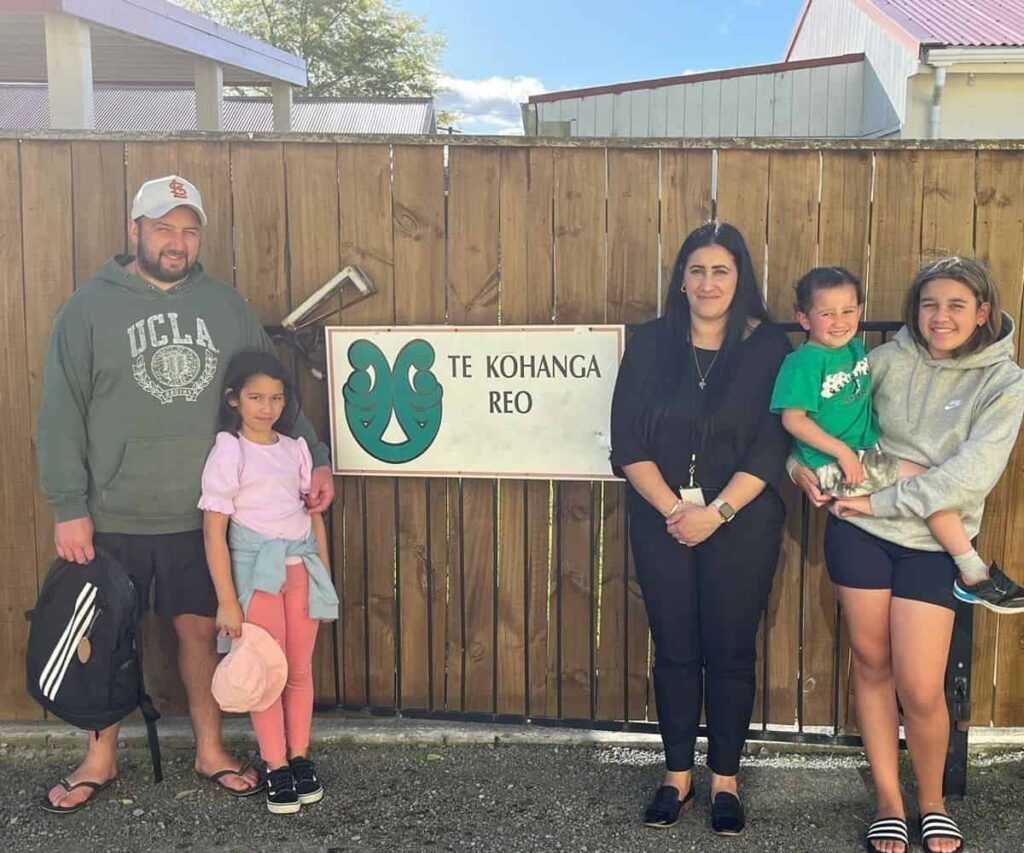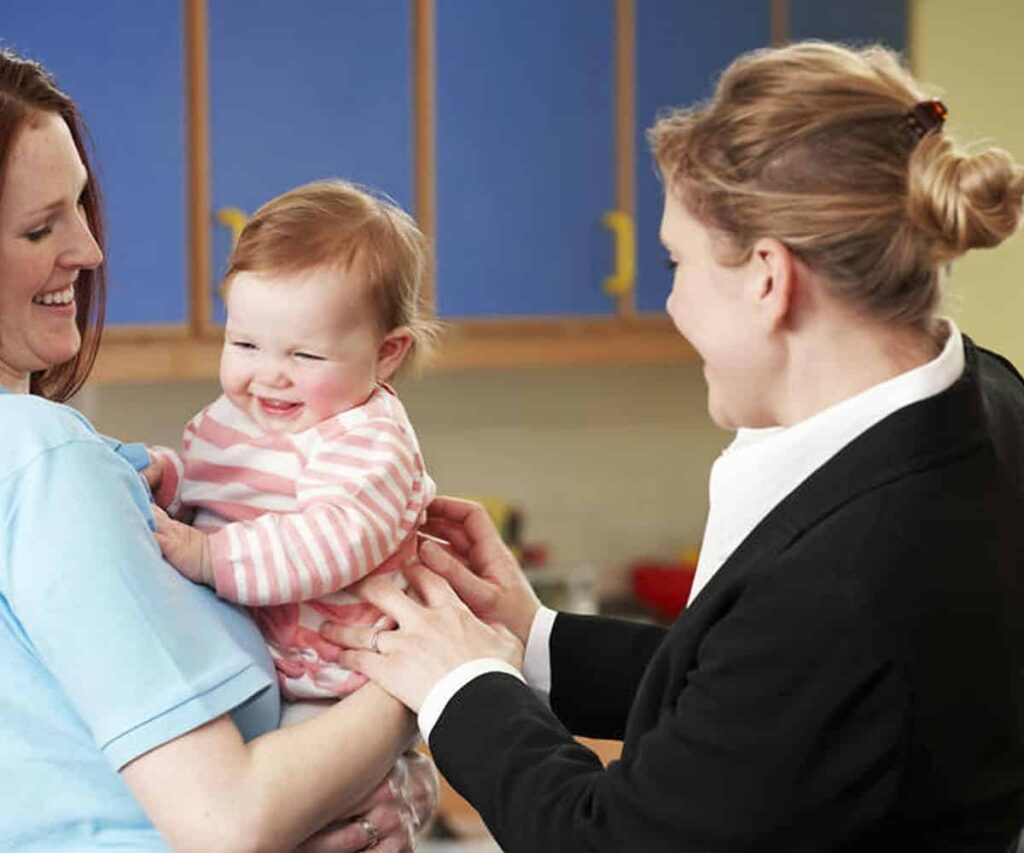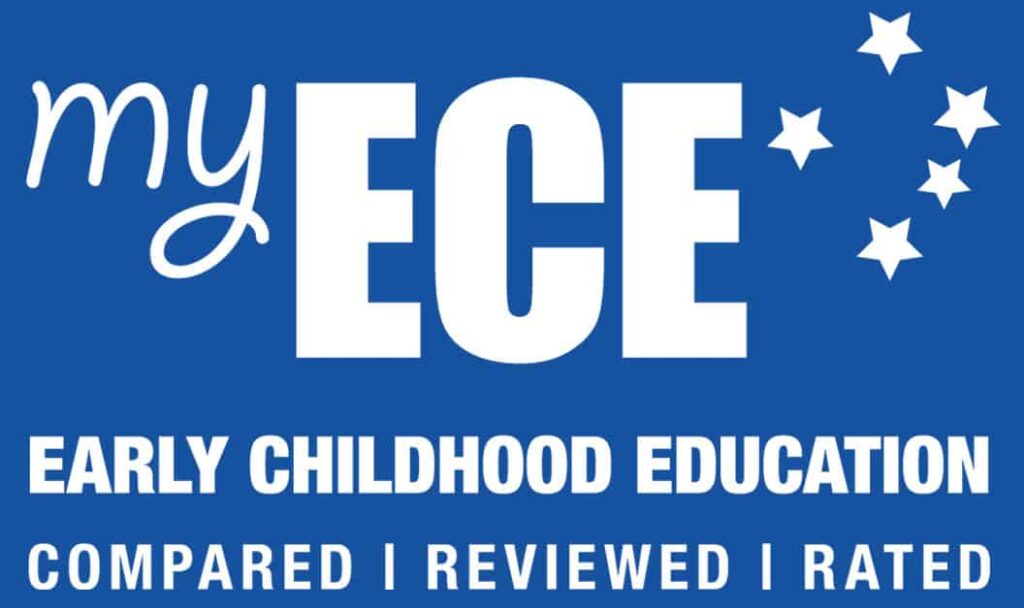Early childhood services must know what the infectious diseases are that require persons with any one of these infectious diseases do not enter the premises or come in contact with any other person at the service. This includes both children and adults: the regulatory requirement is that any person who is suspected or who has an infectious disease should be prevented from coming in contact with others.
The service must have space available at all times where a child can be kept temporarily away from other children until their parent can collect them. The child should be supervised while waiting for their parent.
Policy and Procedures
Template and guidance for your ECE service Immunisation and Infectious Diseases Policy and Procedures
Infectious diseases
All practicable steps must be taken to prevent children from coming into contact with any person suffering from a disease or condition likely to be passed on to children and likely to have a detrimental effect. (But note that a child attending an early childhood service is more at risk of catching infections and becoming ill than a child who does not. While the requirement states that a service must ‘prevent’, in reality all a service can do is take all practicable steps to ‘minimise’ the risk.)
The service must use the chart on ‘Infectious Diseases’ and:
- Know what action to take.
- Help recognise signs.
- Understand how the disease is spread.
- Know the time between exposure and sickness.
- Know the infection period.
Infectious Diseases Chart
You can download and print a copy – click or tap on Infectious Diseases Chart
|
CONDITION |
THIS DISEASE IS SPREAD BY… |
EARLY SYMPTOMS |
TIME BETWEEN EXPOSURE AND SICKNESS |
EXCLUSION FROM ECE SERVICE |
|
Campylobacter (Notifiable disease – Public Health)
|
Undercooked food, contaminated water. Direct spread from an infected person or animal. |
Stomach pain, fever, nausea, diarrhoea and/or vomiting. |
Campylobacter 1-10 days |
Until well and for 48 hours after the last episode of diarrhoea or vomiting. |
|
Chicken Pox #** |
Coughing, sneezing and contact with weeping blisters. |
Fever and spots with a blister on top of each spot. |
10-21 days after being exposed. |
1 week from appearance of rash, or until all blisters have dried. |
|
Conjunctivitis (Pink eye) |
Direct contact with discharge from the eyes or with items contaminated by the discharge. |
Irritation and redness of eye. Sometimes there is a discharge. |
2-10 days (usually 3-4 days) |
While there is discharge from the eyes. |
|
Cryptosporidium (Notifiable disease – Public Health)
|
Undercooked food, contaminated water. Direct spread from an infected person or animal. |
Stomach pain, fever, nausea, diarrhoea and/or vomiting. |
Cryptosporidium 1-12 days |
Until well and for 48 hours after the last episode of diarrhoea or vomiting. Do not use public pool for 2 weeks after symptoms have stopped. |
|
Giardia (Notifiable disease – Public Health)
|
Undercooked food, contaminated water. Direct spread from an infected person or animal. |
Stomach pain, fever, nausea, diarrhoea and/or vomiting. |
Giardia 3-25 days |
Until well and for 48 hours after the last episode of diarrhoea or vomiting. |
|
Hand, foot, and mouth disease |
Coughing, sneezing, and poor hand washing. |
Fever, flu-like symptoms – rash on soles and palms and in the mouth. |
3-5 days |
Exclude until blisters have dried. If blisters can be covered, and child feeling well, they will not need to be excluded. |
|
Head lice (Nits) |
Direct contact with an infested person’s hair, and less commonly by contact with contaminated surfaces and objects. |
Itchy scalp, especially behind ears. Occasionally scalp infections that require treatment may develop. |
N/A |
None, but ECE service should be informed. Treatment recommended to kill eggs and lice. |
|
Hepatitis A (Notifiable disease – Public Health) |
Contaminated food or water, direct spread from an infected person or animal. |
Nausea, stomach pains, general sickness with jaundice appearing a few days later. |
15-50 days |
7 days from the onset of jaundice. |
|
Influenza and Influenza-like illness (ILI) ** |
Coughing and sneezing. Direct contact with infected person. |
Sudden onset of fever with cough, sore throat, muscular aches, and a headache. |
1-4 days (average about 2 days) |
Until well. |
|
Measles (Notifiable disease – Public Health) #** |
Coughing and sneezing. Direct contact with an infected person. Highly infectious. |
Runny nose and eyes, cough, and fever, followed a few days later by a rash. |
7-21 days |
5 days after the appearance of rash. Non-immune contacts of a case may be excluded. |
|
Meningitis – Viral |
Spread through different routes including coughing, sneezing, faecal-oral route. |
Generally unwell, fever, headache, vomiting. |
Variable |
Until well. |
|
Meningococcal Meningitis (Notifiable disease – Public Health) ** |
Close contact with oral secretions. (Coughing, sneezing, etc.) |
Generally unwell, fever, headache, vomiting, sometimes a rash. Urgent treatment is required. |
3-7 days |
Until well enough to return. |
|
Mumps (Notifiable disease – Public Health) ** |
Coughing, sneezing and infected saliva. |
Pain in jaw, then swelling in front of ear and fever. |
12-25 days |
Exclude until 5 days after facial swelling develops, or until well. |
|
Norovirus |
Contact with secretions from infected people. |
Nausea, diarrhoea and/or vomiting. |
1-2 days |
Until well and for 48 hours after the last episode of diarrhoea or vomiting. |
|
Ringworm |
Contact with infected skin, bedding, and clothing. |
Flat, ring-shaped rash. |
4-6 weeks |
None, but skin contact should be avoided. |
|
Rotavirus ** |
Direct spread from infected person. |
Nausea, diarrhoea and/or vomiting. |
1-2 days |
Until well and for 48 hours after the last episode of diarrhoea or vomiting. |
|
Rubella (German Measles) (Notifiable disease – Public Health) #** |
Coughing and sneezing. Also, direct contact with an infected person. |
Fever, swollen neck glands and a rash on the face, scalp, and body. |
14-23 days |
Until well and for 7 days from appearance of rash. |
|
Salmonella (Notifiable disease – Public Health) |
Undercooked food, contaminated water. Direct spread from an infected person or animal. |
Stomach pain, fever, nausea, diarrhoea and/or vomiting. |
Salmonella 6-72 hours |
Until well and for 48 hours after the last episode of diarrhoea or vomiting. Discuss exclusion of cases and contacts with public health service. |
|
Scabies |
Contact with infected skin, bedding, and clothing. |
Itchy rash. |
4-6 weeks (but if had scabies before it may develop within 1-4 days) |
Exclude until the day after appropriate treatment. |
|
School sores (Impetigo) |
Direct contact with infected sores. |
Blisters on the body which burst and turn into scabby sores. |
Variable |
Until sores have dried up or 24 hours after antibiotic treatment has started. |
|
Shigella (Notifiable disease – Public Health) |
Contaminated food or water, contact with an infected person. |
Diarrhoea (may be bloody), fever, stomach pain. |
12 hours-1 week |
Discuss exclusion of cases and their contacts with public health service. |
|
Slapped cheek (Human parvovirus infection) # |
Coughing and sneezing. The virus may be passed from mother to child during pregnancy. |
Red cheeks and a lace-like rash on body. |
4-20 days |
Unnecessary unless unwell. |
|
Streptococcal sore throat |
Contact with secretions of a sore throat. (Coughing, sneezing etc.) |
Headache, vomiting, sore throat. An untreated sore throat could lead to Rheumatic fever. |
1-3 days |
Exclude until well and/or has received antibiotic treatment for at least 24 hours. |
|
VTEC/STEC (Notifiable disease – Public Health) |
Contaminated food or water, unpasteurised milk. Direct contact with animals or infected person. |
High incidence of bloody diarrhoea, stomach pain. High rate of hospitalisation. |
2-10 days |
Discuss exclusion of cases and their contacts with public health service. |
|
Whooping cough (Pertussis) (Notifiable disease – Public Health) #** |
Coughing. Adults and older children can pass on the infection to babies. |
Runny nose, persistent cough followed by “whoop”, vomiting or breathlessness. |
5-21 days |
Five days from commencing antibiotic treatment or, if no antibiotic treatment then 21 days from onset of illness or until no more coughing |
*Seek further advice from a healthcare professional or public health service.
**Vaccine-preventable and/or on the National Immunisation Schedule
# Pregnant women should seek advice from their maternity provider or G.P.
Failing to meet minimum standards
The Ministry of Education needs to know:
- If you are concerned children’s needs are not being met.
- If you are concerned a service is not meeting a minimum legal requirement.
READ MORE: How to make a complaint and your options.
CAUTION: This page and the information here is provided as part of the My ECE Guide to Regulations and Licensing Criteria for Early Childhood Education Services (The Guide). The Guide does not purport to be a full and accurate interpretation of all statutory provisions relating to early childhood education services. While best efforts have been used in preparing this guide, no representations or warranties of any kind are made and My ECE assumes no liabilities of any kind with respect to the accuracy or completeness of the content. Please note that the Government and Ministry of Education may change, update, or alter any of the requirements at any time. Please help to keep the information on this page up to date by letting us know of changes that need to be made.
Thank you! Kia pai te rā
Reference:
Infectious Diseases, Isolation, and Sending Home. Published in the My ECE Guide to Regulations and Licensing Criteria for Early Childhood Education Services, prepared by Dr Sarah Alexander and Warwick Marshall.
Last reviewed: 20 November 2022
